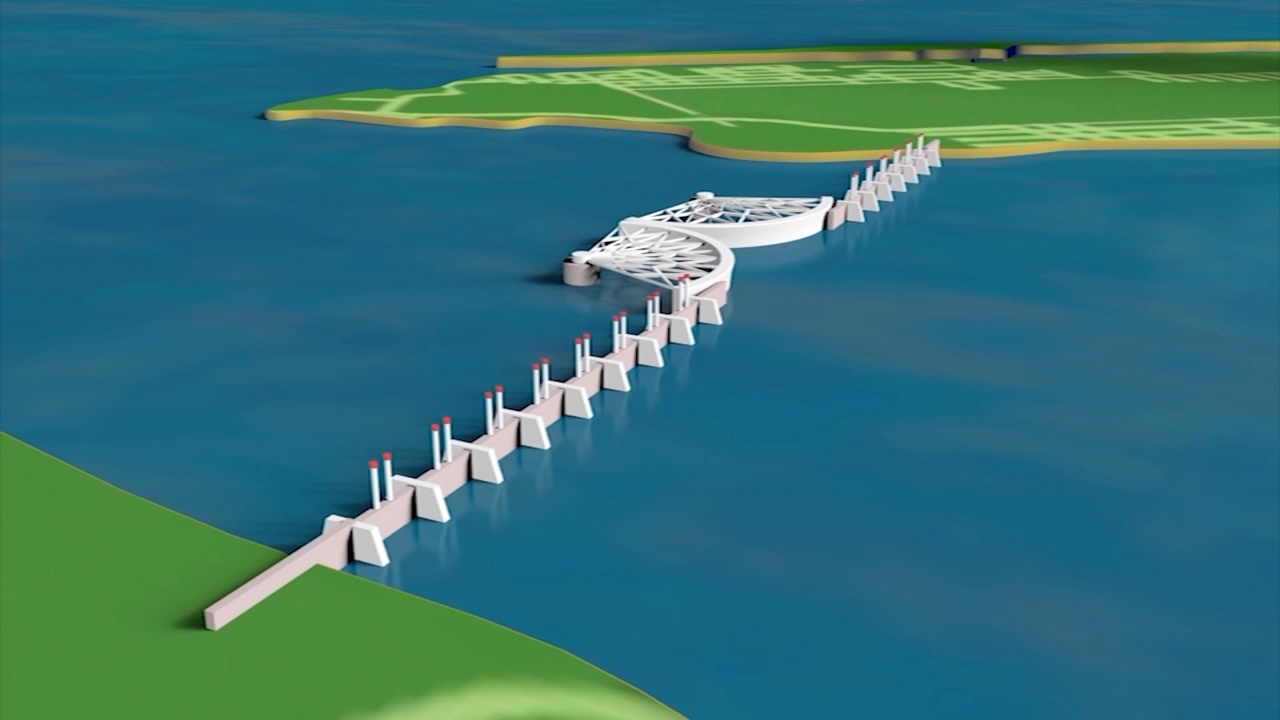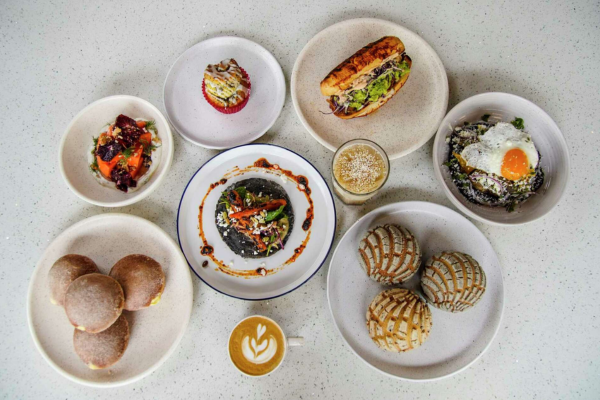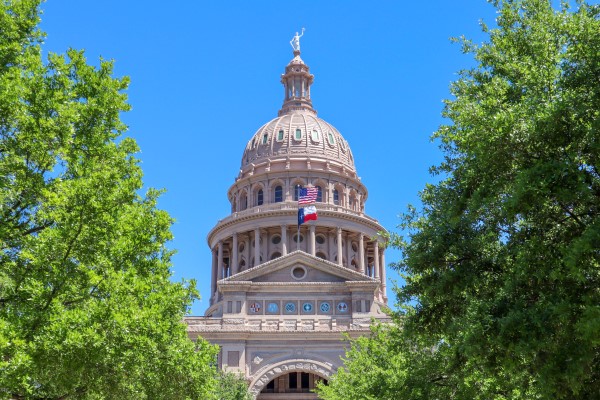Fighting for a More Flood Resilient Houston Region
Published Aug 22, 2022 by Coalter Baker
Houston is a region of great opportunity, but combatting major challenges remains key to the metro area’s continued growth and prosperity.
On August 25, 2017 – five years ago this month – Hurricane Harvey made landfall just south of Houston. As the destructive storm slowly trekked north, it brought with it devastating rainfall and revealed our region’s vulnerability to flooding.
Fortunately, the exposure to flooding did not go unnoticed as all levels of government, federal, state, and local came together to provide relief and offer preventative solutions that would help alleviate future flood events. And the Partnership supported these multilevel efforts, working hand-in-hand to offer guidance and prospective solutions.
This post does not do justice to the many prospective, ongoing, and completed mitigation projects that have and will fortify our region from excessive flooding for decades. But we hope to shine some light on the progress made.
At the Federal level, the Department of Housing and Urban Development (HUD) has received a large appropriation from Congress for the new Community Development Block Grant Mitigation (CDBG-MIT) grant opportunity, which would lead to billions of dollars for the Houston region for flood mitigation projects. This particular funding was developed specifically for use around preventative measures to combat future severe weather events and not in response to any previous natural disasters. While these projects have yet to be undertaken, they will certainly provide necessary relief, particularly working in conjunction with state and local funds.
The State of Texas worked to realize the Flood Infrastructure Fund (FIF), which is a nearly $800 million fund that the state legislature appropriated following its creation via constitutional referendum. The fund has supported efforts to mitigate flooding and will work in concert with the state flood map as well as federal funding to protect property and life from devastating natural disasters. For example, the Texas Water Development Board (TWDB) approved $10 million to widen and deepen Taylor Gully, which is a project that both the City of Houston as well as Harris County collaborated on to increase water conveyance and take more than 400 homes out of the flood zone.
Locally, Harris County worked – with the Partnership as a supporter – to secure the 2018 Harris County Flood Control District’s $2.5 billion bond program, which has initiated the construction of necessary mitigation measures against severe weather events. The funding includes $1.2 billion to improve channel conveyance, $400 million to build stormwater detention basins, $242 million to acquire land in the floodplain, among other priorities. In fact, not only have these funds been used as a match for federal Army Corps mitigation projects, but they have also been used successfully to stabilize the Spring Branch Creek in the Buffalo Bayou watershed.
In a show of force at every level of government, one mega project, the Coastal Barrier – or Ike Dike – is on the verge of being authorized by Congress. The Partnership is advocating alongside federal, state, and local elected officials for this massive preventative infrastructure project, which will help mitigate crippling flooding from catastrophic storm surges and save tens of billions of dollars in disaster recovery funding by protecting vulnerable communities. The barrier will also safeguard the Houston Ship Channel, which is an economic engine helping to, quite literally, power the nation through nearly 250 million tons of cargo – more than $800 billion in annual economic activity – over three million jobs and supplying approximately 60 percent of the nation’s jet fuel as well as 30 percent of the nation’s gasoline.
While Southeast Texas – like many coastal communities – does flood, especially following a 100-year storm or severe weather event, the Houston region has collectively worked to expand investment in flood mitigation to prevent these lasting and reoccurring effects from major storm events. Together can we achieve the necessary measures to protect human life and economic vitality from the increasingly present and disabling effects of climate change induced flooding.
Flood mitigation is part of the Partnership's agenda for the 88th Texas Legislative session.
 The Houston Report
The Houston Report



















